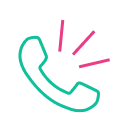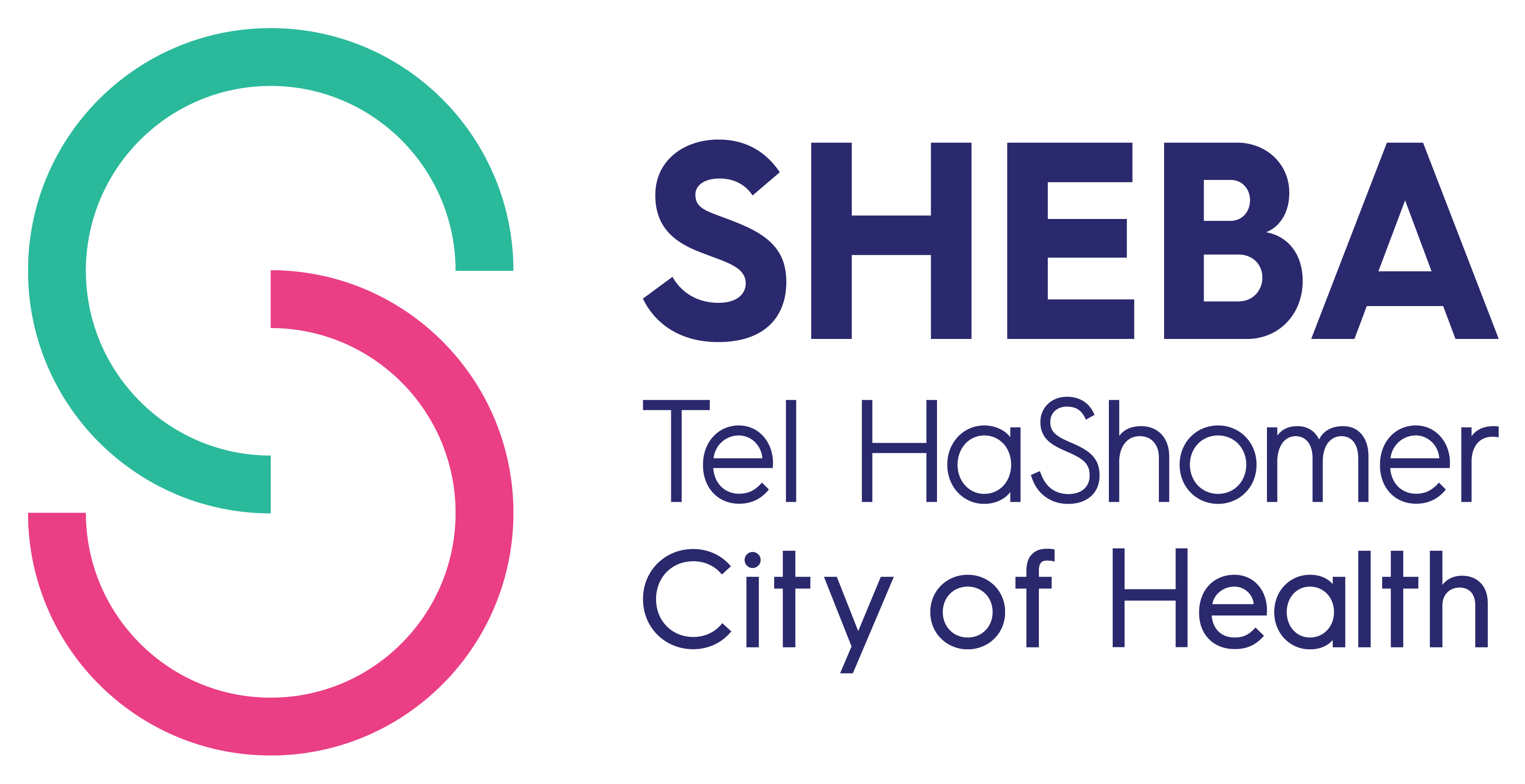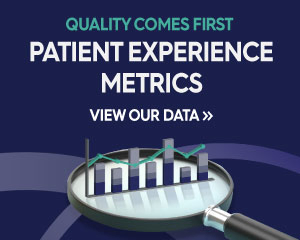Center for Heart Disease in Women
Clinic Coordinator: Dr. Romana Herscovici
Contact:
Phones for making appointments: 03-5302607, 03-5305807
Fax: 03-5302507
Clinic hours:
Monday and Thursday, 8:00-13:00
Location:
Heart Center, Floor 1
Our Centre's mission is to advance the treatment of heart disease in women, the leading cause of illness and death among women in the Western world. We strive to raise awareness among women and medical professionals about the risk factors, symptoms, and treatment options for heart conditions in women, with the goal of improving diagnosis and prognosis for better disease management and recovery chances.
Who do we treat?
- Women who have had a heart attack
Studies indicate that the likelihood of recovery for women experiencing a heart attack, particularly those under 65, is notably lower than for men. This is partly due to variations in how the disease presents in women and delays in diagnosis, along with less aggressive treatment compared to men.
- Women experiencing chest pain but without significant coronary disease or narrowing of the heart's arteries.
Around half of patients having elective catheterization for chest pain and 5%-10% of those having it for a heart attack show no major coronary disease (disease in the coronary arteries that supply blood to the heart). These individuals are diagnosed with non-obstructive coronary artery disease (NOCAD), which is more prevalent in women.
Until recently, these patients were thought to have a low risk of future coronary events or mortality. However, recent studies indicate that even without significant coronary stenosis, there is a risk of recurring chest pain, heart attacks, stroke, and heart failure.
Many of these patients have a condition affecting the small blood vessels, a disorder in their expansion and contraction known as coronary microvascular dysfunction (CMD). The condition can be identified through specific tests.
Patients with NOCAD and small vessel dysfunction typically receive less aggressive treatment for the recognized cardiovascular risk factors. At the Women's clinic, we aim to address this issue by providing these women with the most maximum treatment based on their condition and risk factors.
- Women who have experienced a heart attack due to a tear in a coronary artery (SCAD).
A spontaneous coronary artery dissection, known as SCAD, can occur suddenly, often triggered by physical or emotional stress. Interestingly, around 90% of hospitalized patients with this condition are women. Studies suggest a hormonal link, indicating that women who experience a coronary artery tear during pregnancy may face increased complications, including an elevated risk of stroke or severe heart failure. SCAD is the primary cause of heart attacks in pregnant or peri-pregnancy women.
The consequences of a SCAD event in young women of childbearing age are substantial, and thus, our aim is to offer optimal care and support to women experiencing this event.
- Women with Broken Heart Syndrome
This syndrome presents itself as the heart muscle expanding and contracting incorrectly, mimicking symptoms of a heart attack such as chest pains, breathlessness, and increased sweating. However, unlike heart patients with blocked arteries supplying blood to the heart muscle, broken heart syndrome does not indicate any signs of such a blockage.
90% of individuals with the syndrome are women, predominantly post-menopausal. Women aged 55 and above are 5 times more likely to develop broken heart syndrome than younger women and 10 times more likely than men.
The cause of the syndrome isn't fully understood, but some patients report experiencing acute mental stress before its onset. About 20% of women who experience the syndrome go through a repeat occurrence in their lifetime.
- Women who experienced pregnancy complications
Pregnancy can be a "stress test" for women, particularly the first time round. Since pregnancy complications such as hypertension, gestational diabetes, preeclampsia, and premature birth are risk factors for the future development of hypertension and heart disease at a young age, monitoring them is essential.









